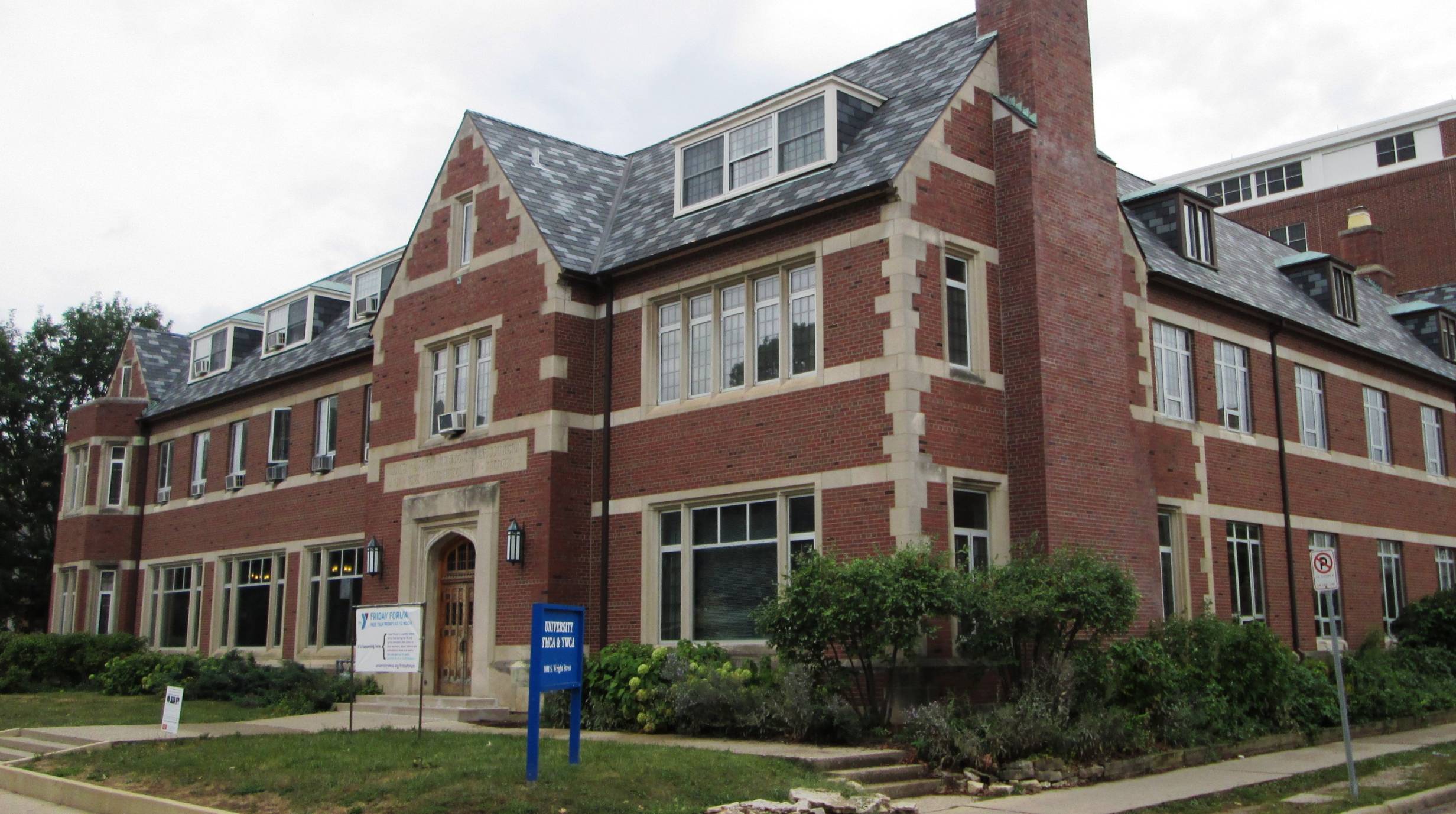This past week, I went to the University YMCA to see Elzbieta Kazmierczak’s art exhibit, “Behind Closed Doors No More.” The exhibit will be up through December 2015.
The exhibit resists the fact that domestic abuse is often considered taboo in popular discourse. Kazmierczak, received her MFA, MA, and PhD here at the University of Illinois and contrary to the typically stigmatized nature of domestic abuse discourse, created a conversation about the topic in a very public space: Art @ the Y.
Her exhibit is composed of quilts and linocuts, which is significant when thinking about bringing public topics in to the public eye. Her quilts seem to play with the notion of domesticity; Kazmierczak uses a typical household item, an item that is literally found behind closed doors, to bring the discussion of domestic abuse out of the private sphere.
 She is absolutely right in her assertion that the conversation surround domestic abuse has to become more public. Abusers, whether it be in a physical, psychological, emotional, financial, sense or otherwise, are able to remove their victim’s agency. One of the most recognizable signs of a domestically abusive relationship is the isolation of the victim.
She is absolutely right in her assertion that the conversation surround domestic abuse has to become more public. Abusers, whether it be in a physical, psychological, emotional, financial, sense or otherwise, are able to remove their victim’s agency. One of the most recognizable signs of a domestically abusive relationship is the isolation of the victim.
Something that is very wrong with a society is that we insists that a victim must remain isolated, even after the relationship has ended—that’s what we are doing when we refuse to talk about domestic abuse in any meaningful way; when we refuse to listen to survivors.
Refusing to listen is to segregate our society between those who have experienced abuses and those who have not. We should, instead, be standing together against aggressors. That’s why public exhibitions like this are so important.
We need to keep talking about the prevalence of domestic abuse: the fact that it happens to about one in every four women during her lifetime. We need to keep writing about the topic, producing art that grapples with the issue.
More fully integrating domestic abuse conversations into the public serves not only to validate and support survivors of domestic abuse, but also works as a preventative measure against abuse. People need to be aware of the signs of domestic abuse, particularly in those who are statistically more likely to experience domestic abuse like women and LGBTQ individuals. But this awareness is only possible if we lift the ban off speaking out in the first place.
When embarking on any romantic relationship, one has to be vigilant in looking for behavior that signals abuse, which includes but is not limited to:
- The Idolization of the victim
- The Isolation of the victim
- Belittling the victim
- Controlling behavior
- An attack followed by an apology
While it is absolutely imperative that we look out for these signs in our own relationships and those of our friends and family, it is important to also remember that domestic abuse can happen to anyone, anywhere.
The failure to notice these signs, even the conscious decision to ignore the signs, does not make a victim of domestic abuse responsible for the primary aggressor’s behavior.
It is, finally, essential that we deepen our public dialogue on domestic abuse to ensure that we understand it as best we can. Too often, when confronted with an abusive relationship, especially an emotionally abusive relationship, we categorize the primary aggressor as not an abuser, but rather just “a jerk.” Of course, an emotional aggressor is much more than just a jerk.
There seems to be significant resistance against the prevalence of domestic abuse. We’d rather categorize abusers as jerks because it’s easier. It downplays the significance and prevalence of domestic abuse. It’s denial.
This all comes down to the fact that we need to be talking about domestic abuse at a drastically greater rate than we are currently, and Elzbieta Kazmierczak is doing just that at the University YMCA. A greater dialogue is necessary in ensuring that we approach domestic abuse with greater accuracy and that we sympathize with the victims and survivors.
(Photo of Elzbieta Kazmierczak by The University of Illinois)








